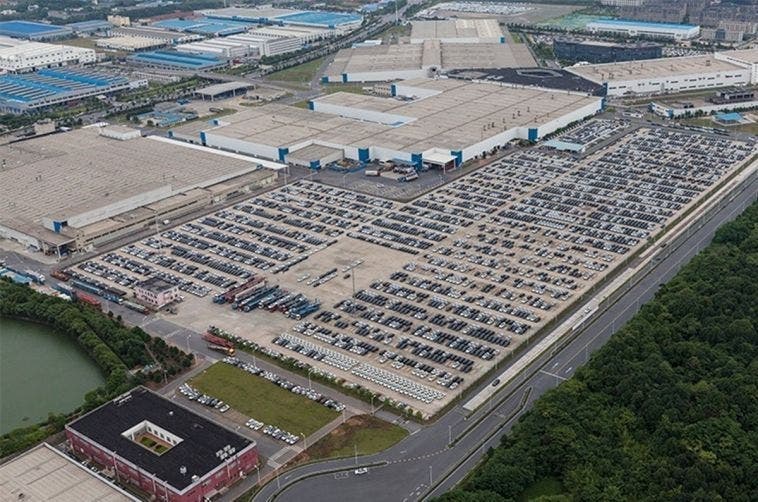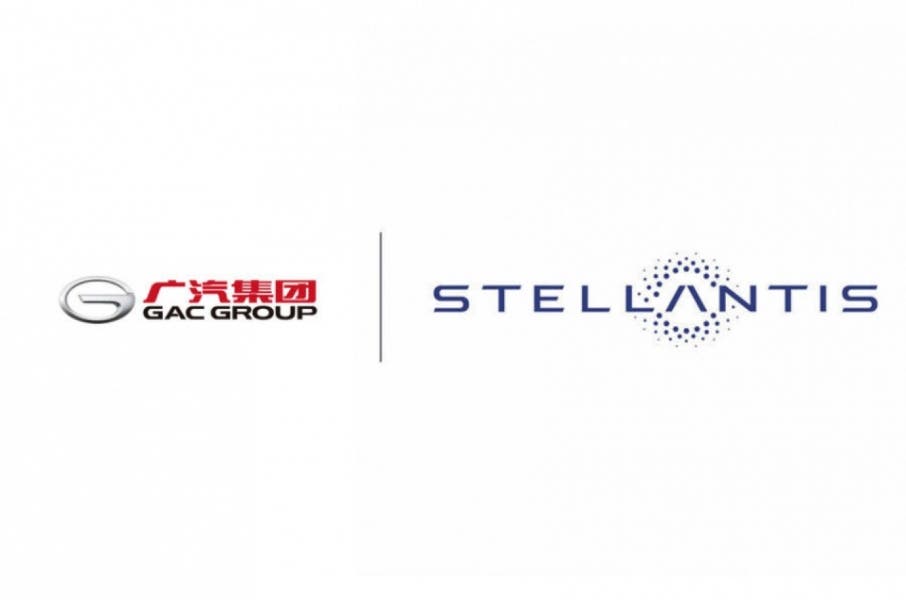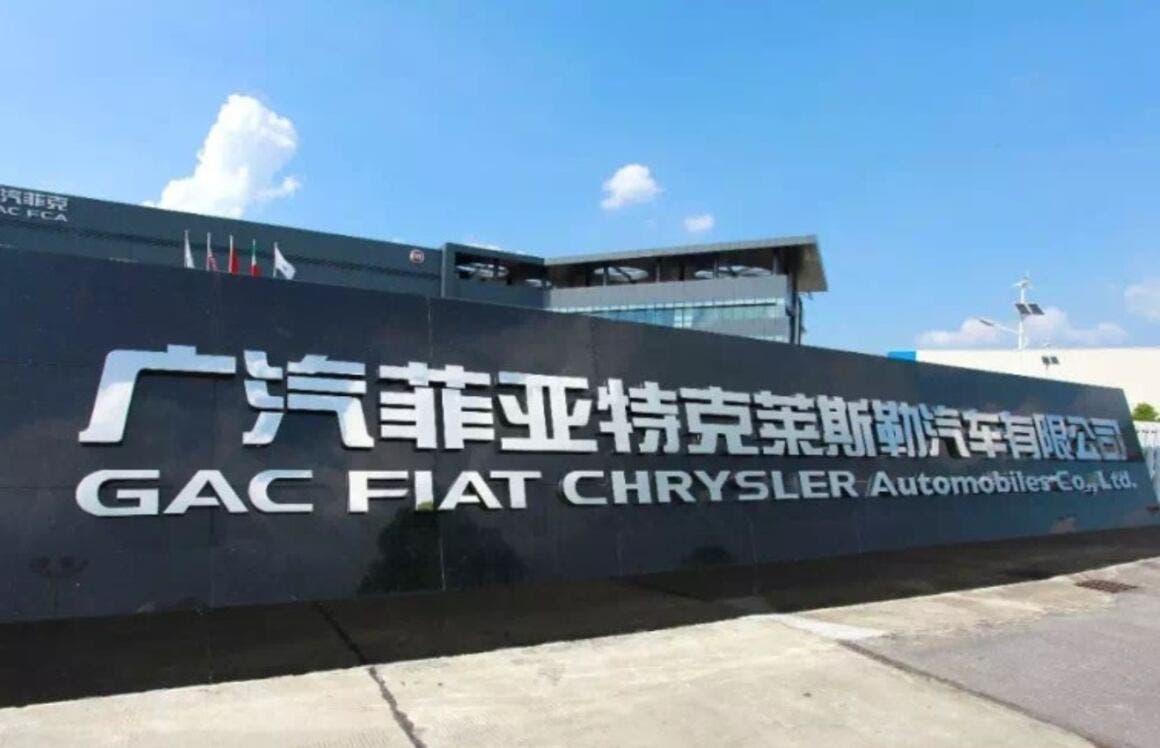A joint venture with GAC goes bankrupt and the plant is put up for sale at a discount of $52.7 million.
The automotive industry worldwide is continuing to feel the telluric tremors, and the joint venture taking place between the Italian-American giant Stellantis and the Chinese group GAC seems to be further evidence of this. The ongoing crisis affecting the partnership, which culminated at the time in the bankruptcy of the GAC Fiat Chrysler Automobiles (GAC FAC) joint venture, caused the subsequent sale of the Changsha plant.
This structure used to be the real engine of function as far as Jeep production for the Chinese market is concerned, but now it is being offered at an entirely unexpected price. In fact, we are talking about $52.7 million, a value that is seen well below the initial estimate which was as high as $206.6 million. A rather drastic decision, which was dictated by the need to quickly liquidate an asset that had become unwieldy and also to cope with mounting pressure from creditors. An auction date has been set for August 5, a day that certainly represents a last resort for the joint venture in complete distress.

The reasons behind the GAC-Stellantis joint venture crisis
The reasons behind the failure of the joint venture are numerous, diverse and even complex. Some of the main negatives were certainly strategic differences, difficulties in adapting to the rapidly changing Chinese automotive market, and not being able to reach an agreement on the recapitalization of the company. These factors combined with other events contributed negatively to quickly eroding the relationship between the two partners.
The fallout from this event now seems likely to be felt on several fronts. As far as the Stellantis group is concerned, the closing of the joint venture is obviously seen as a sudden setback for what were grand ambitions of trying to capture a large part of the Chinese car market. The group is now being forced to revise its business strategies in full in what is currently surely one of the most globally competitive car markets.

The fate of the Changsha plant is now covered with doubts and questions. Indeed, one wonders what the new owner might be and what the production prospects of the facility might be after this event. All questions to which we will probably know the answer in the coming months.
The GAC FAC joint venture crisis is only the most recent episode that has occurred but it is a much broader story. In fact, there are many other foreign companies that are experiencing numerous difficulties with their approach to the Chinese car market. The local automakers are obviously very fierce and competitive, an aspect that combined with government policies that are constantly changing as well as the tastes of various consumers are also putting even giants in the industry in difficulty.
